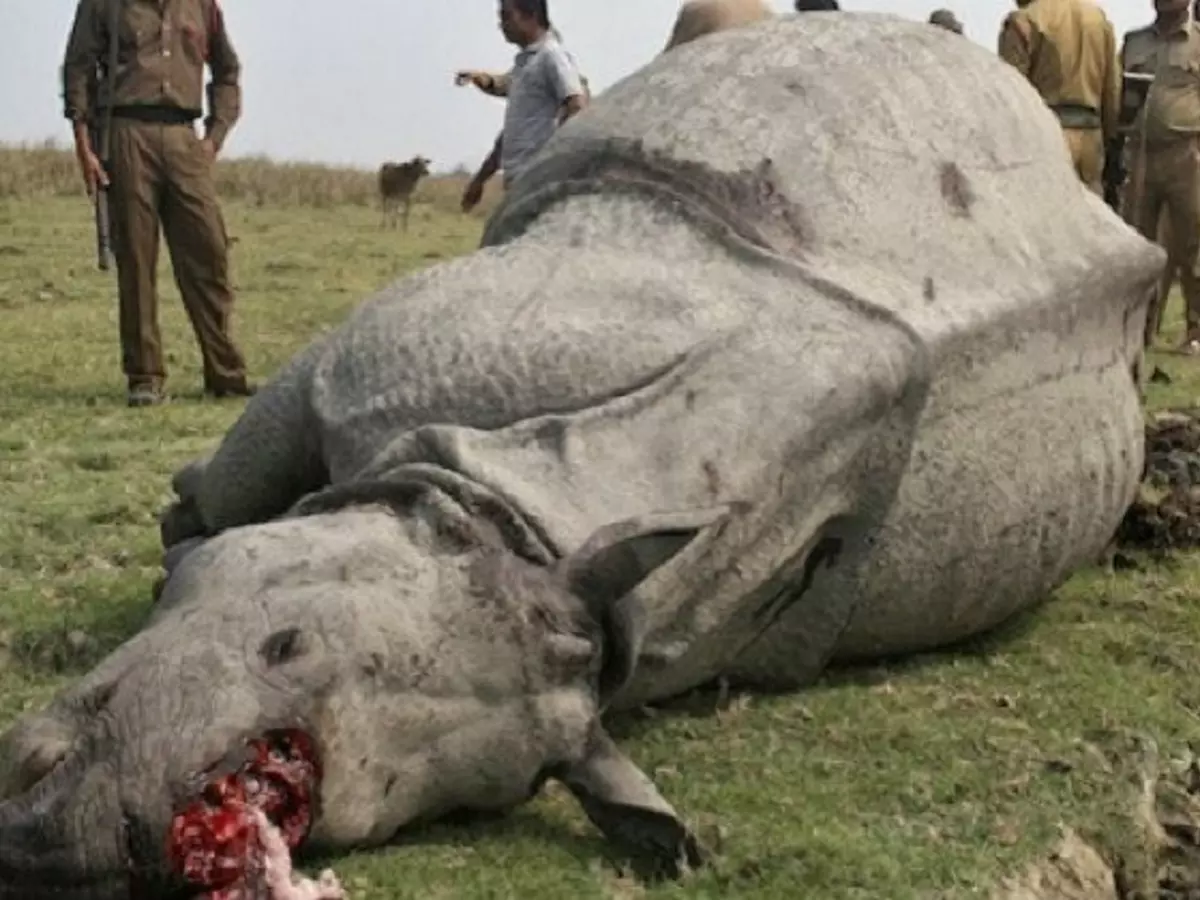How World's 1st AI-Based Camera Is Helping Nab Poachers And Save Lives Of Animals In The Wild
As it it weren¡¯t bad enough we¡¯re destroying animals¡¯ habitats with pollution and deforestation, we¡¯re also cutting down their numbers in more direct fashion. Poachers are a serious threat to a number of species of tigers, elephants, rhinos, and more

As it it weren't bad enough we're destroying animals' habitats with pollution and deforestation, we're also cutting down their numbers in more direct fashion.
Poachers are a serious threat to a number of species of tigers, elephants, rhinos, and more.

According to estimates, about 35,000 African elephants are killed every every year. That's one dead elephant every 15 minutes! And if that continues, they'll be extinct in less than a decade. There are a few societies working to prevent this of course, and now some of them are getting some help from Big Tech.
Three such preservation groups, RESOLVE, the Leonardo DiCaprio Foundation and the Nat Geo Society, have tied up with Intel to stop poachers. They're doing this by deploying AI-based cameras in national parks across the globe
Also Read: This Is How AI Is Helping Save Endangered Wildlife Species, By Turning Poachers Into Prey
The TrailGuard AI camera makes use of Intel's Movidius Myriad 2 VPU processors. They detect entering these wildlife reserves and can send alerts to park rangers in almost real-time, drastically increasing the chance of apprehending them before they can kill any of the protected animals.

Intel
The system is a more advanced version of a prototype initially funded by the Leonardo Dicaprio Foundation and National Geographic Society. "By pairing AI technology with human decision-makers, we can solve some of our greatest challenges, including illegal poaching of endangered animals," says Anna Bethke, head of AI for Social Good at Intel. "With TrailGuard AI, Intel's Movidius technology enables the camera to capture suspected poacher images and alerts park rangers, who will ultimately decide the most appropriate response."
Also Read: How The Power Of Sound & Artificial Intelligence Are Saving The Lives Of 4 Lakh Wild Elephants
The cameras use the Movidius Vision Processing Units to run image processing neural networks. If any human figures or vehicles are detected in camera's view, it triggers an alarm at the rangers' outpost. From there, they can pinpoint whether the cameras were activated by poachers or another ranger, and act accordingly.
Intel claims its system can pinpoint people and cars among the wildlife with a high degree of accuracy. The first generation of RESOLVE's prototype involved cameras triggered by motion tracking which would then send photos to the rangers on duty. Unfortunately, that just sent them a barrage of photos they had to manually review anytime anything moved in a camera's field of view. By adding AI on top of it, the cameras can act as a first line check to make the system more efficient and less manpower-intensive. Now, it's not triggered by animals or birds in the reserve.

Intel
The system is also designed to run at low power, allowing it to function in the wild for up to a year and a half on a single charge. That means less maintenance that might give away the camera locations to poachers, and more all round efficiency.
"Edge computing technology has the power to revolutionize the way we understand and protect our natural heritage," said Dr. Fabien Laurier, vice president of National Geographic Labs. "This collaboration is critical to accelerating conservation and working toward our mission of achieving a planet in balance."
